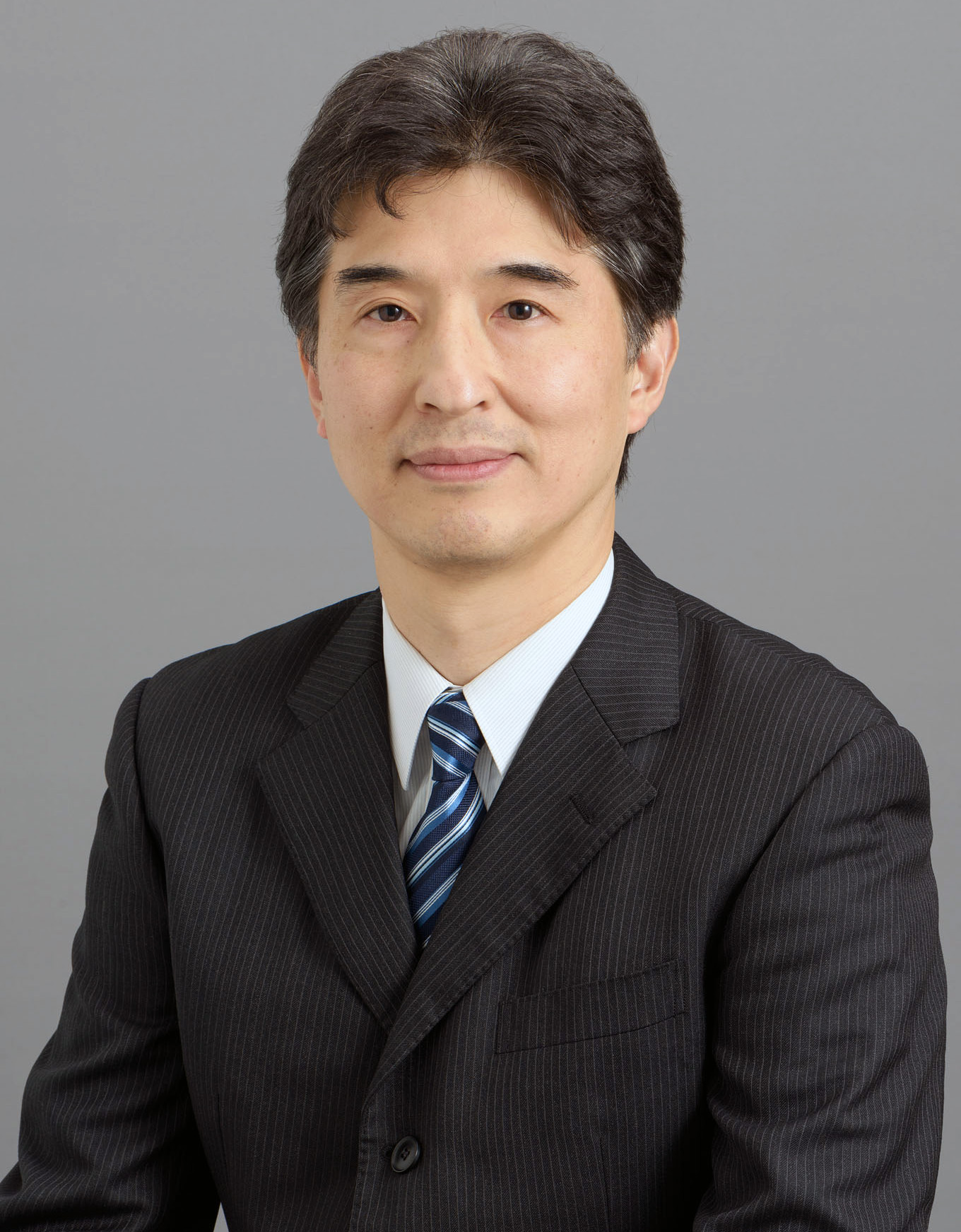Nobuyuki YAMASAKI Japanese page
Professor, Dr.Eng.

Nobuyuki YAMASAKI Japanese page
Professor, Dr.Eng.

| Mar. 1991, | Received the B.S. degree in Physics from Keio University. | |
| Mar. 1993, | Received the M.S. degree in Computer Science from Keio University. | |
| Mar. 1996, | Received the Dr. of Engineering in Computer Science from Keio University. | |
| Apr. 1996, | Researcher with Electrotechnical Laboratory, Agency of Industrial Science and Technology, MITI. | |
| Oct. 1997 - Sep. 2000, | Researcher with PRESTO (Sakigake21), JST. | |
| Oct. 1998, | Research Associate with Faculty of Science and Technology, Keio University. | |
| Oct. 1998 - Mar. 2001, | COE Researcher with Electrotechnical Laboratory. | |
| Apr. 2000, | Assistant Professor with Faculty of Science and Technology, Keio University. | |
| Mar. 2001 - Mar. 2003, | Researcher with SORST, JST. | |
| Apr. 2002 - Now, | Guest Researcher with Digital Human Research Center, AIST. | |
| Apr. 2004 - Mar. 2013, | Associate Professor with Faculty of Science and Technology, Keio University. | |
| Apr. 2013 - Now, | Professor with Faculty of Science and Technology, Keio University. |
| Sept. 1998 | Young Investigator Excellence Award, Robotics Society of Japan. |
| June 1999 | Best Paper Award, FPGA/PLD Design Conference. |
| June 2001 | Best Presentation Prize, Robotics-Mechatronics Division Annual Prize, The Japan Society of Mechanical Engineers (JSME). |
| Sept. 2002 | Best Paper Award, Robotics Society of Japan. |
| July 2004 | Best Paper Award, System LSI Design Methodology SIG, Information Processing Society of Japan. |
| Jan. 2006 | Presentation Award, International Workshop on Innovative Architecture for Future Generation High-Performance Processors and Systems. |